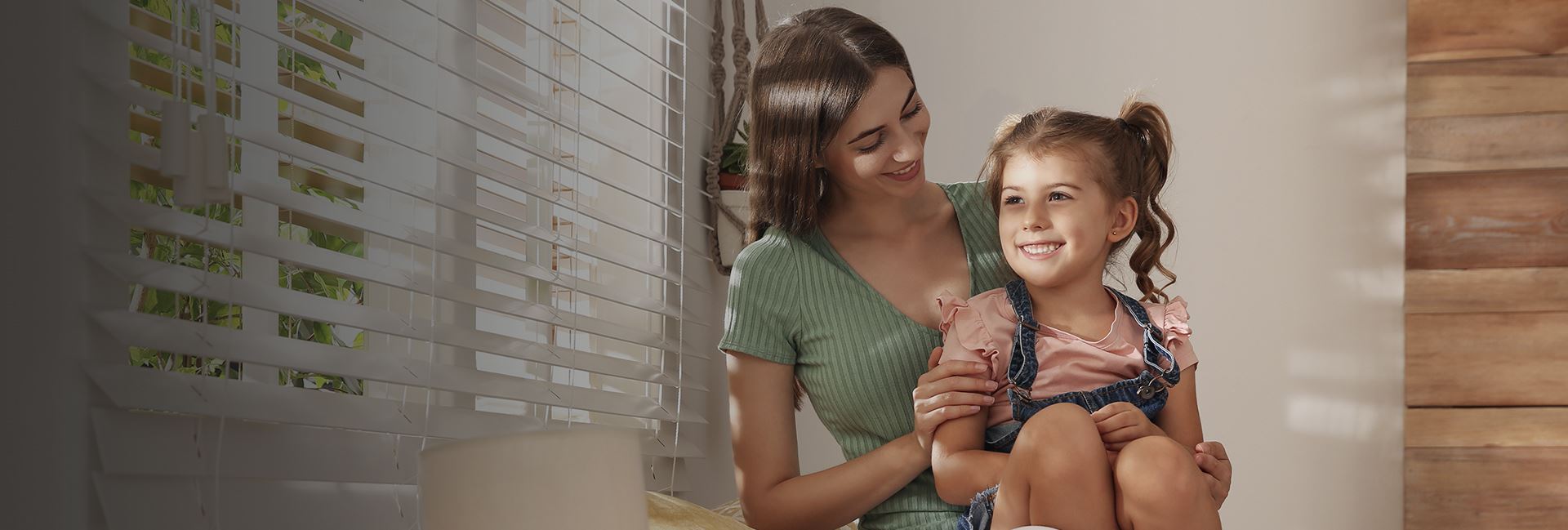Mold Restoration: A Step-by-Step Guide for Homeowners
Discovering mold in your home can be a distressing experience. Not only can it cause significant damage to your property, but it can also pose serious health risks to you and your family. However, with the right knowledge and approach, mold restoration can be a manageable task. In this blog post, we will provide you with a comprehensive guide to mold restoration, offering practical tips to help you tackle this common issue effectively.
1. Identify the Source of Moisture
The first step in mold restoration is identifying and addressing the source of moisture that caused the mold growth. Without eliminating the source, any remediation efforts will be in vain. Inspect your home thoroughly for leaks, condensation, or any other sources of excess moisture. Fixing plumbing issues, improving ventilation, and reducing humidity levels will help prevent future mold growth.
2. Assess the Extent of Mold Damage
Before diving into the restoration process, it is crucial to assess the extent of mold damage in your home. This will help you determine whether you can handle the restoration on your own or if professional assistance is required. Small areas of mold growth (less than 10 square feet) can often be cleaned using DIY methods, while larger infestations may require the expertise of mold restoration professionals.
3. Gather the Necessary Tools and Protective Gear
When embarking on mold restoration, it is essential to have the right tools and protective gear to ensure your safety. Some of the items you may need include gloves, goggles, respirators, plastic sheets, scrub brushes, and mold-specific cleaning solutions. These tools will help you effectively remove the mold and prevent its spread during the restoration process.
4. Clean and Remove Mold-Infested Materials
Once you have prepared the necessary tools and protective gear, it's time to clean and remove the mold-infested materials. Use a HEPA vacuum to remove loose mold spores, followed by scrubbing the affected areas with a mold-specific cleaner. In cases where the mold has deeply penetrated porous materials, such as drywall or carpeting, it may be necessary to remove and replace these items to ensure complete restoration.
5. Prevent Future Mold Growth
After successfully removing the mold, it is crucial to take preventive measures to avoid its recurrence. Regularly inspect your home for signs of moisture, promptly address any leaks or condensation issues, and maintain proper ventilation. Additionally, consider using mold-resistant materials when renovating or remodeling your home, as they can significantly reduce the risk of mold growth.
While the above tips can be helpful for minor mold issues, it's important to remember that extensive mold infestations require professional assistance. At Restoration 1 of Southlake, we specialize in mold restoration and have the expertise and tools to handle even the most challenging cases. Our team of certified professionals will ensure a thorough restoration process, providing you with a healthy and mold-free home.
If you require professional mold restoration services or have any further questions, don't hesitate to contact us. Your safety and well-being are our top priorities.

